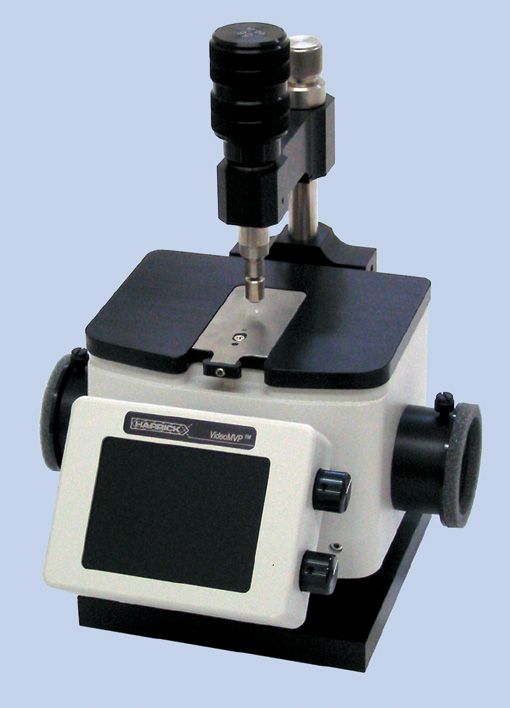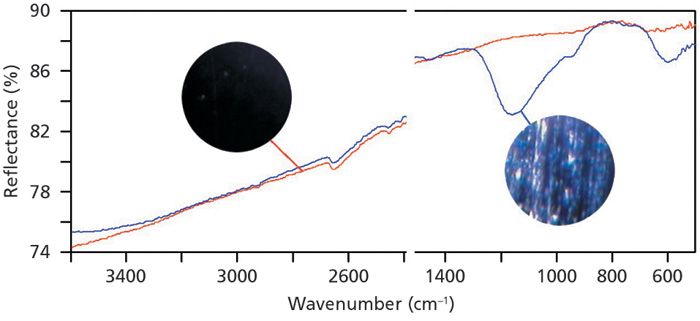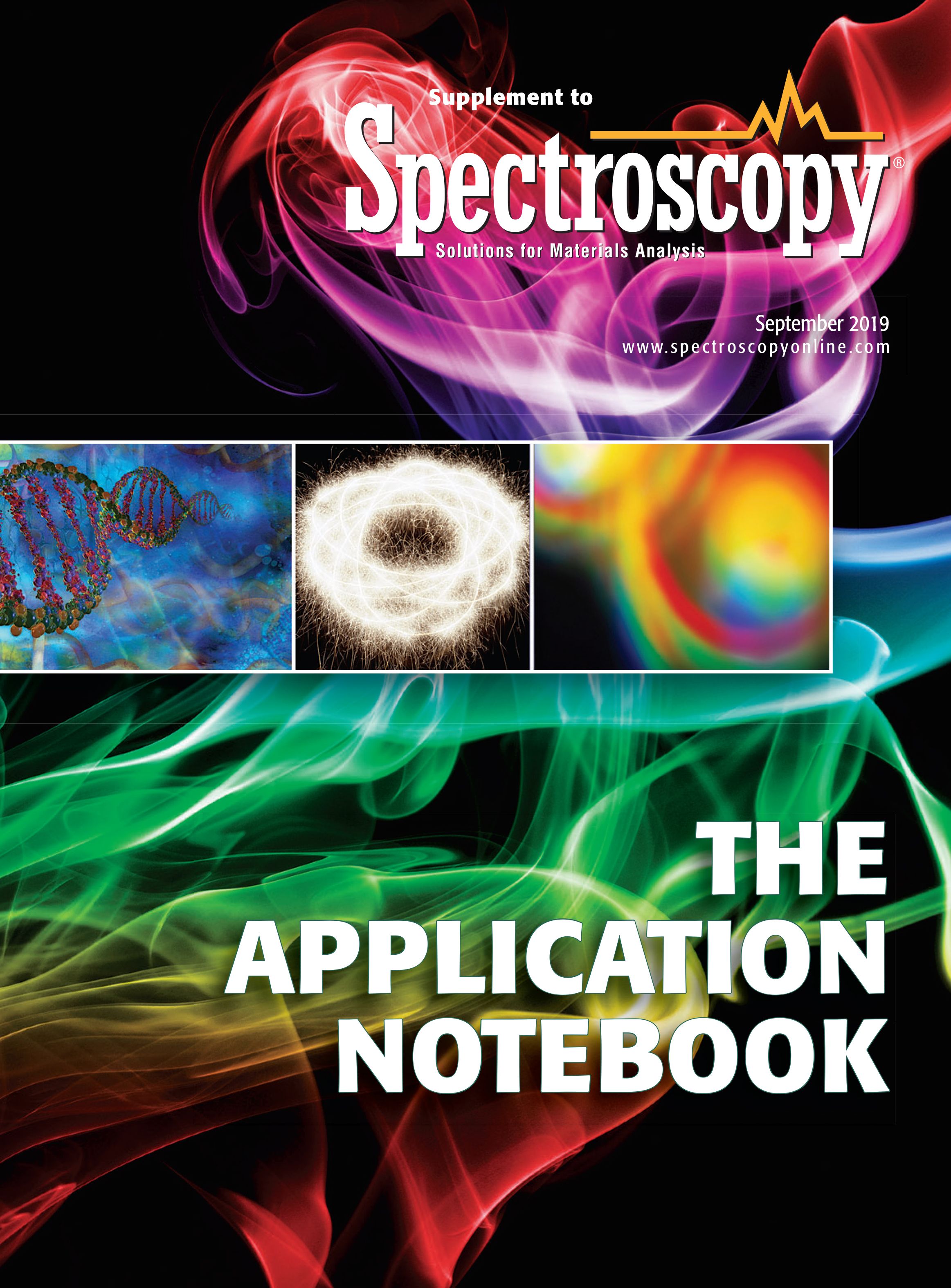Diamond ATR Study of Worn Surfaces on Metal
Tribology-the study of friction, wear, and lubrication-is important in mechanical, electromechanical, and biological systems. Changes in materials due to abrasion, friction, lubrication, erosion, and corrosion result in failures of the moving components during use. These effects are usually minimized by careful surface finish design and lubrication. Recycling and refinishing surfaces can extend the lifetimes of components. By examining worn surfaces, better methods can be developed to prevent wear. This applications note uses infrared spectroscopy to study tribology changes in steel.
Experimental
The sample investigated was 28 mm in diameter by 8 mm thick with a carbon-based coating. The sample was lubricated, tested, and then cleaned with n-heptane, leaving chemisorbed species in the wear scratches on the surface.
The spectra of the disc were measured on an FT-IR spectrometer equipped with the Harrick VideoMVP™ (see Figure 1). The background spectrum was collected from the clean ATR crystal. Then the sample was placed, face down, on the diamond crystal and positioned over the area of interest using the image on the display. The pressure applicator was lowered to apply ~240 N of force to compress the sample against the crystal. The spectrum and image were then recorded. All spectra were collected from 4000 to 400 cm-1 using 32 scans at 8 cm-1 resolution.

Figure 1: The VideoMVP™ Diamond ATR.
Results and Discussion
Figure 2 shows spectra measured from a section with wear scratches in comparison to a shiny smooth section, along with photographs of the areas of each sample that were examined. The infrared spectrum of the wear scratches show a weak broad band in the –OH stretching region and additional bands at 1450 cm-1, 1165 cm-1, 943 cm-1, and 605 cm-1, all of which are not present in the unworn section. This indicates that a residue from the lubricant or chemisorbed species remains in the worn area. More detailed analysis could be used to identify the chemisorbed species.

Figure 2: ATR spectra and photographs of an unworn area (red) and a worn area (blue) of a flat metal part.
Conclusion
The results presented here clearly show that diamond ATR can be used to examine tribology materials. The viewing capabilities and small sampling area of the VideoMVP allow for inspection of the wear scratches in comparison to the unworn areas.

Harrick Scientific Products, Inc.
141 Tompkins Ave., Pleasantville, NY 10571
tel. (914) 747-7202, fax (914) 747-7409
Website: www.harricksci.com

A Proposal for the Origin of the Near-Ubiquitous Fluorescence in Raman Spectra
February 14th 2025In this column, I describe what I believe may be the origin of this fluorescence emission and support my conjecture with some measurements of polycyclic aromatic hydrocarbons (PAHs). Understanding the origin of these interfering backgrounds may enable you to design experiments with less interference, avoid the laser illuminations that make things worse, or both.